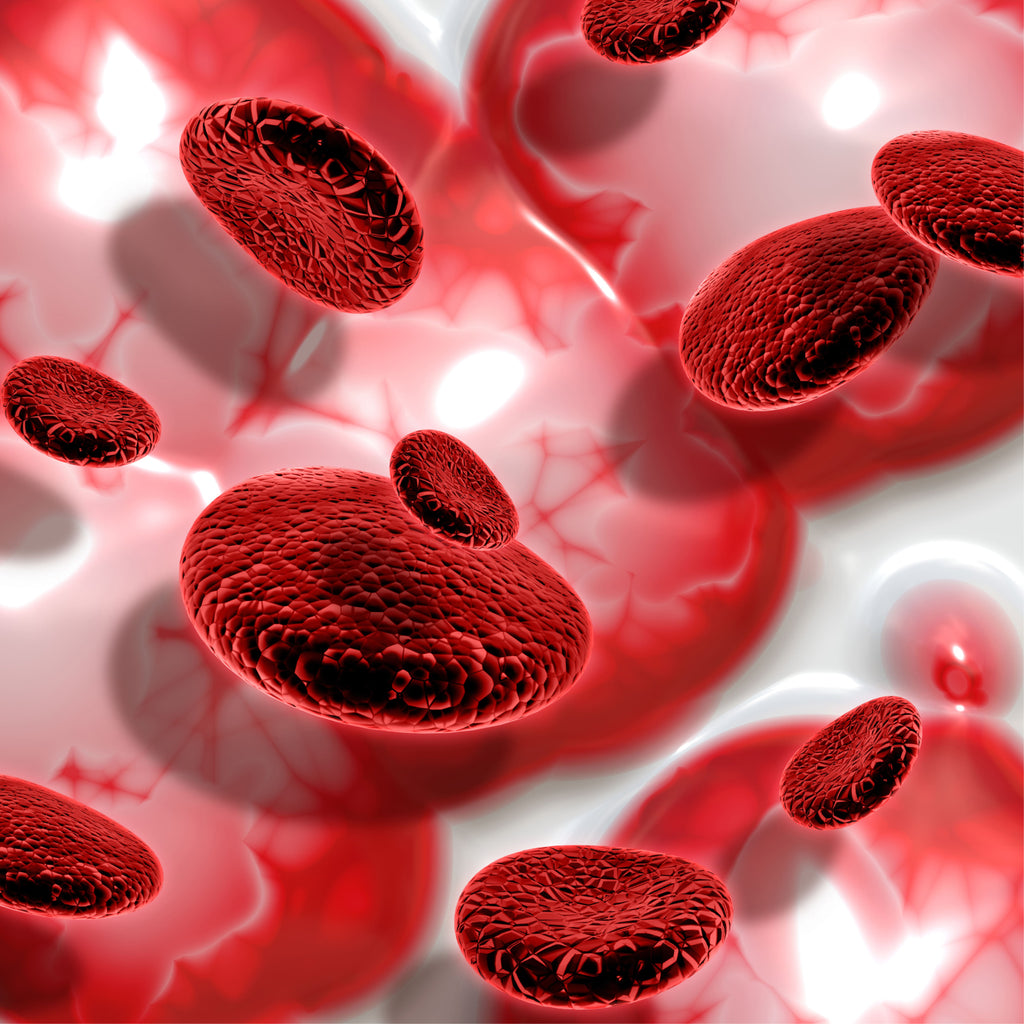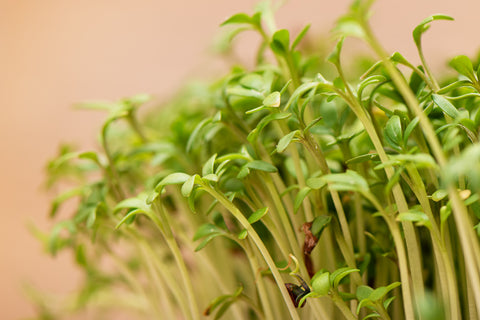
Halim Seeds for Boosting Hemoglobin Levels
Nutrition plays a vital role throughout human life, from infancy to old age. Anemia, characterized by a decrease in red blood cells and insufficient oxygen-carrying capacity, is a prevalent ailment globally, with iron deficiency anemia being the most common form.

Anemia is defined by a decrease in hemoglobin concentration, representing one of the most significant nutritional deficiencies affecting a quarter of the world's population.
Iron deficiency anemia is a serious condition affecting people of all ages and is a major concern regardless of a country's level of development.
Its impacts include low birth weights, increased risks of premature delivery, growth retardation, impaired cognitive function, and reduced physical activity.
Introduction to Halim Seeds
Halim seeds, also known as garden cress seeds (scientifically termed Lepidium sativum), are derived from an edible herbaceous plant related to the mustard and watercress families. Originating from Southwest Asia and parts of Egypt, garden cress cultivation is also prevalent in India.
Taxonomical Classification of Garden Cress Seeds
Belonging to the kingdom Plantae, Halim seeds fall under the division Magnoliophyta, class Magnoliopsida, order Brassicales, and family Brassicaceae, with the genus Lepidium sativum.
Morphological Characteristics of Garden Cress Seeds
Halim seeds are small, oval-shaped, and triangularly pointed at one end, measuring approximately 3 mm in length and 1-2 mm in width, with a reddish-brown color. When soaked in water, they swell and acquire a transparent, colorless mucilage coating, imparting a mucilaginous taste.
Physical Properties of Garden Cress Seeds
Various physical parameters, such as color, odor, viscosity, and refractive index, are crucial in pharmaceutical preparations, as they impact the quality of synthesized formulations.

The color of garden cress seeds ranges from red to brown, with extracted oil appearing dirty yellow due to chlorophyll and carotenoid pigments.
The viscosity of the oil extracted from these seeds ranges from 53.08 to 64.3, with cold-pressed oil being more viscous than extracted oil.
Viscosity decreases with increasing temperature, indicating a direct proportional relationship between temperature and viscosity. A higher refractive index indicates greater unsaturation and the presence of unique components such as hydroxyl groups. The specific gravity of garden cress seeds is 0.91, suggesting their potential as a beneficial fortifying agent.


